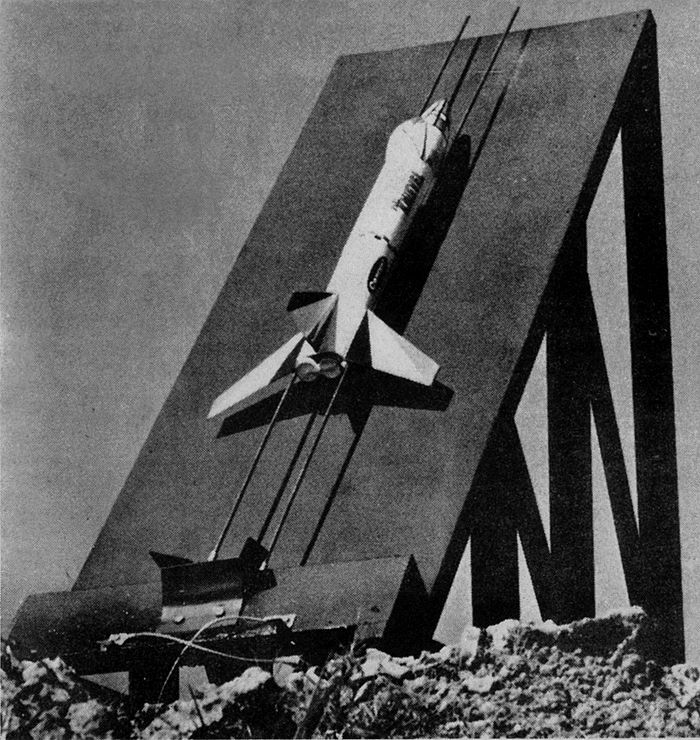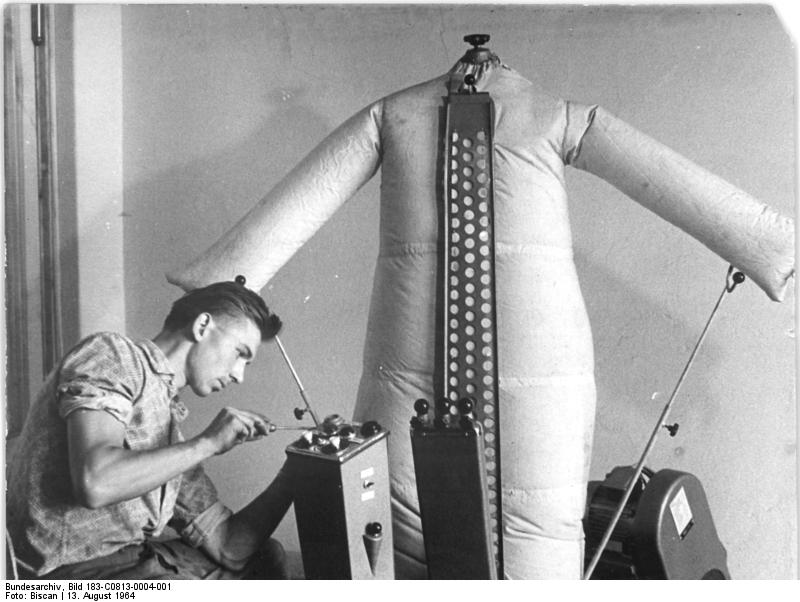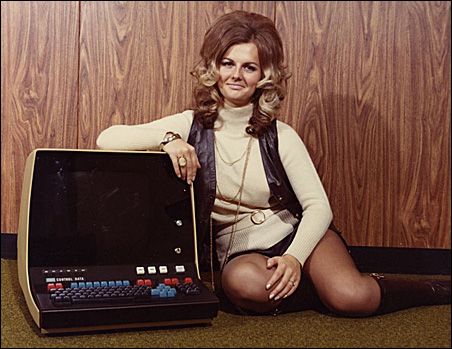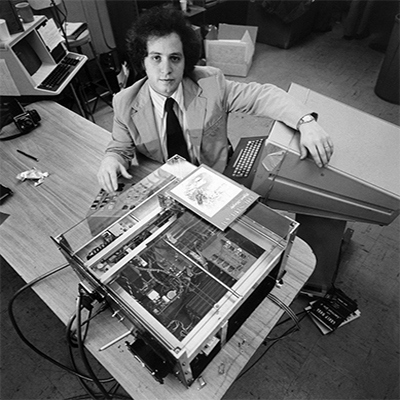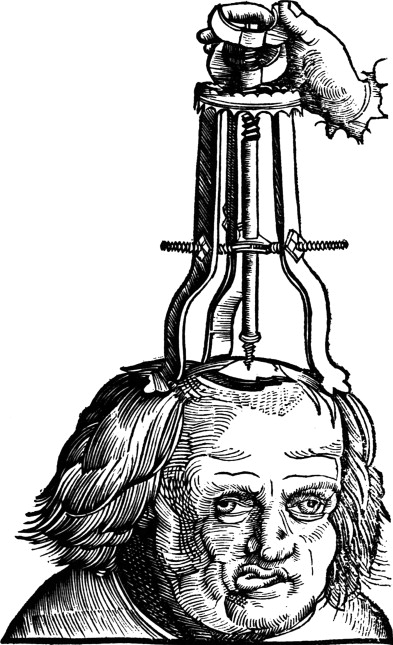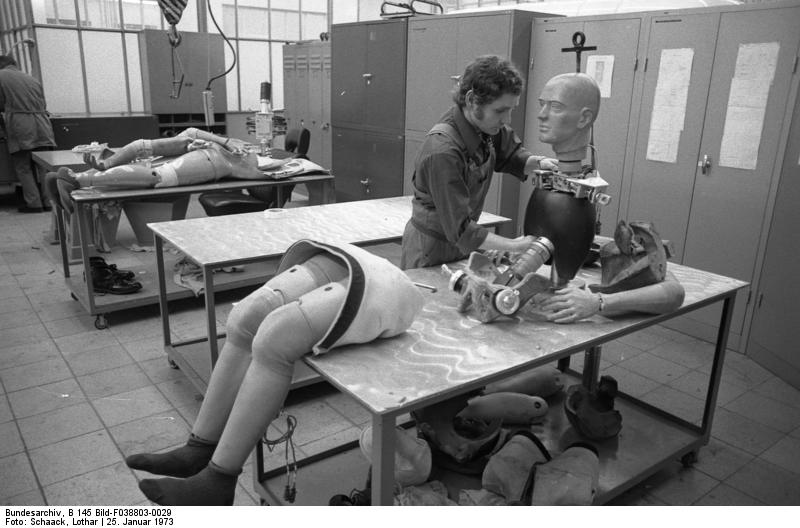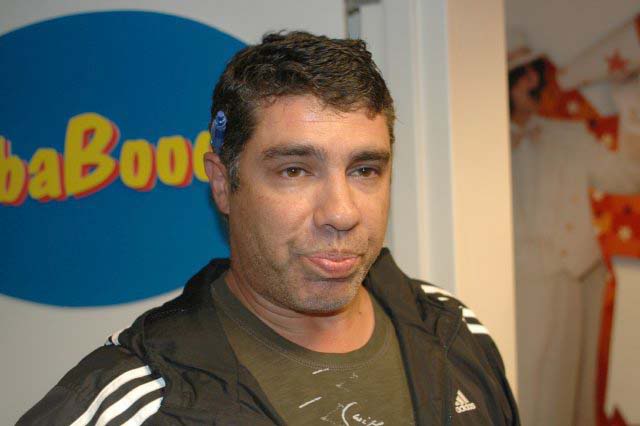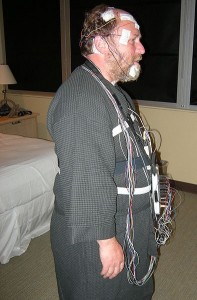Anything we can conjure in our minds, not matter how far-fetched, could happen eventually in reality. Maybe not exactly in the form we hoped or as soon as we wanted, but in some sense. From a Code(Love) piece by Roger Huang about digitally raising the dead, a favorite pursuit of Ray Kurzweil:
“Will virtual intelligence ever be anything more than a figment of a real person? The question examines everything humans have always assumed about human nature: that we are unique, and that we are defined by our uniqueness against non-humans. We possess a strange combination of social interaction, physical manipulation, and processing power that is hard to define, so we often use comparisons to living things that are distinctly not human to define ourselves.
We are not cows. We are not dolphins. We are not chimpanzees, even though that is getting uncomfortably close.
The closer robots get to piercing that space, the more uncomfortable humans get with them. This is the ‘uncanny valley.’ The more robots look, and act like humans, even if we distinctly know they are not, the more we revile them. Like the broken souls of the Ring, poorly designed robots can lead us to hate, and to pain, because they lead us to question who we truly are.
Virtual life that humans can accept must pass the Turing Test. It must fool a human into thinking that it too is a human, that it is really he or she. When Ray sits down to talk with his reincarnated father, he cannot be talking with a robot, but with a real, living human being that he has been yearning to speak to for forty long years.
Ray Kurzweil believes that will happen within a couple of decades.”•
________________________________
The 17-year-old Kurzweil in 1965 on I’ve Got a Secret:




